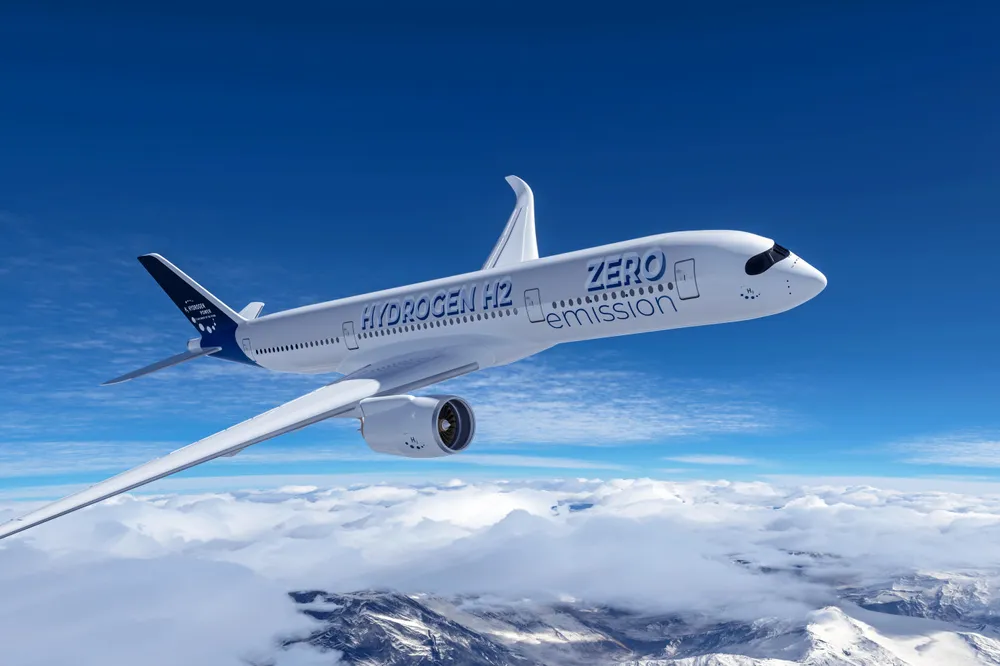Japan pours billions of yen into plan to build the world’s largest hydrogen fuel cell for aviation
IHI tasked with developing giant 4MW model, while industrial group Toray to investigate expanding use to 80-seat aircraft

IHI tasked with developing giant 4MW model, while industrial group Toray to investigate expanding use to 80-seat aircraft
